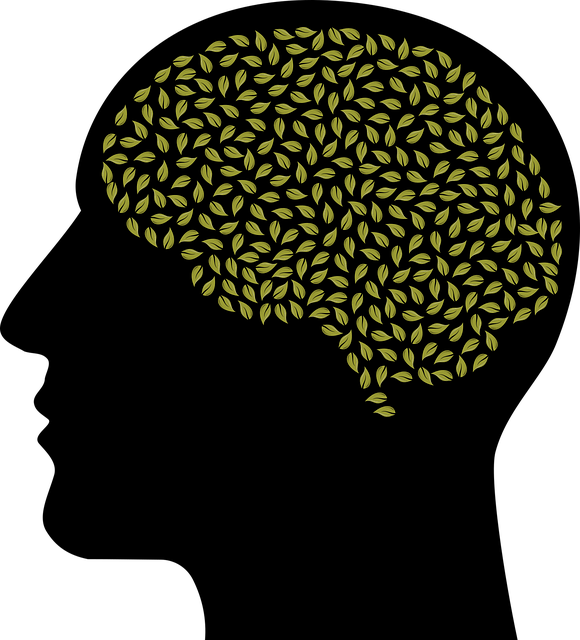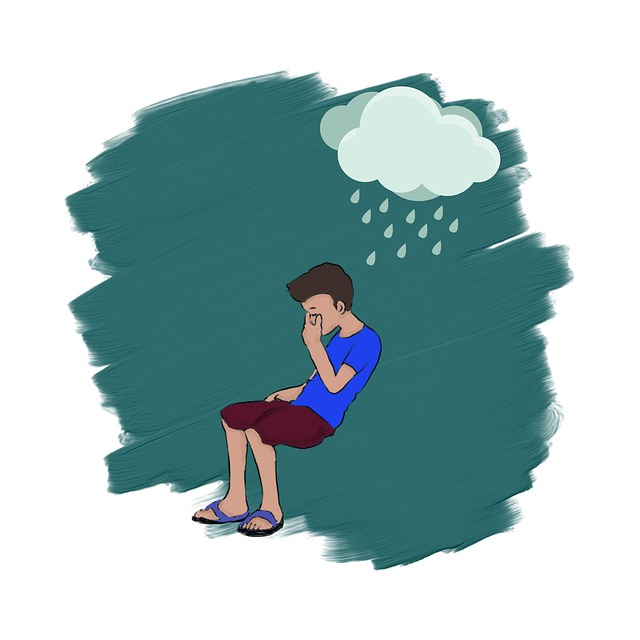Community outreach programs integrating therapy for adults with EMDR certification are crucial for providing essential mental health resources to underserved populations, addressing unique barriers preventing access to traditional care. These programs enhance well-being, community resilience, and public health through evidence-based practices like EMDR, proven effective in trauma processing and emotional block release. By tailoring services to local needs, leveraging technology, and focusing on mood management, these initiatives foster trust and connection in diverse communities, ultimately leading to lasting positive changes in mental wellness and social connectivity.
Community outreach programs, especially those integrating Therapy for Adults with EMDR Certification, offer profound benefits. This article explores their multifaceted role and significant impact on community well-being. We delve into effective implementation strategies, providing valuable tips and best practices. Furthermore, we discuss how to measure success and ensure long-term sustainability. By harnessing the power of EMDR-certified professionals, communities can achieve lasting positive changes.
- Understanding Community Outreach Programs: Their Role and Impact
- Therapy for Adults with EMDR Certification: A Powerful Combination
- Implementing Effective Outreach Strategies: Tips and Best Practices
- Measuring Success and Ensuring Long-Term Sustainability
Understanding Community Outreach Programs: Their Role and Impact

Community outreach programs play a pivotal role in fostering connections between healthcare services and underserved populations. These initiatives are designed to bring essential resources directly to communities, addressing unique challenges and barriers that may prevent individuals from accessing traditional care settings. By implementing therapy for adults, such as EMDR-certified practices, community outreach expands accessibility to mental health support. This is particularly crucial for marginalized groups who often face additional obstacles in seeking help for anxiety relief or managing stress reduction methods.
Beyond individual well-being, these programs have a profound impact on community resilience and overall public health. By integrating burnout prevention strategies for healthcare providers into outreach models, it becomes possible to enhance the quality of care while mitigating professional exhaustion. Ultimately, community outreach programs serve as powerful tools in promoting mental wellness, reducing disparities, and building healthier, more connected neighborhoods.
Therapy for Adults with EMDR Certification: A Powerful Combination

Combining Therapy for Adults with EMDR Certification offers a powerful approach to enhancing mental wellness and alleviating anxiety. This therapeutic method has proven effective in helping individuals process traumatic memories and unlock emotional blockages, leading to profound personal growth and improved life quality. By integrating Eye Movement Desensitization and Reprocessing (EMDR), certified therapists can facilitate deep healing and empower clients with self-care practices for sustained mental well-being.
The synergy between therapy and EMDR certification creates a safe space for adults to confront past traumas, reframe distressing memories, and develop healthy coping mechanisms. This holistic approach not only provides anxiety relief but also fosters resilience, enabling individuals to navigate life’s challenges with greater ease and confidence.
Implementing Effective Outreach Strategies: Tips and Best Practices

Implementing effective community outreach programs requires a strategic approach that goes beyond mere advertising. For mental health services, integrating therapy for adults with EMDR certification can significantly enhance accessibility and trust within diverse communities. This specialized therapy, known for its effectiveness in treating trauma, boosts emotional intelligence—a key aspect of fostering connections and understanding cultural sensitivities in mental healthcare practice.
Best practices involve tailoring programs to local needs, employing culturally responsive strategies, and leveraging technology for remote access. By focusing on mood management techniques and incorporating EMDR into community outreach, mental health professionals can cater to a broader spectrum of individuals who might otherwise face barriers to care. This inclusive approach not only expands service reach but also ensures that support is offered in ways that resonate with diverse populations.
Measuring Success and Ensuring Long-Term Sustainability

Measuring the success of community outreach programs is a crucial step to ensure their long-term sustainability and positive impact. It involves assessing both tangible outcomes and intangible benefits, such as improved mental health, enhanced communication strategies, and burnout prevention for adults participating in these initiatives. Therapies like Eye Movement Desensitization and Reprocessing (EMDR) certified programs can play a significant role here by offering specialized therapy for adults, fostering positive thinking, and encouraging resilience.
Sustainability requires strategic planning and community engagement. By involving local leaders and organizations, the program can gain momentum and become an integral part of the community’s landscape. Regular evaluation and adaptation based on feedback are essential to ensure that the initiatives remain relevant and effective over time. This iterative process not only addresses immediate needs but also contributes to a lasting positive change in the community, particularly regarding mental well-being and social connectivity.
Community outreach programs, especially those combining therapy for adults with EMDR certification, have a profound impact on community well-being. As discussed in this article, effective implementation involves strategic planning, tailored approaches, and continuous evaluation. By following best practices outlined here—including leveraging technology, fostering partnerships, and measuring success—organizations can ensure long-term sustainability and create lasting positive change. These initiatives not only address immediate needs but also empower individuals to thrive in their communities.














